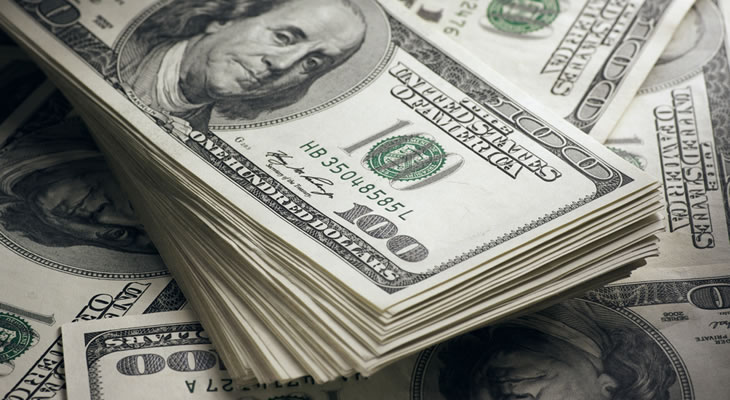Euro US Dollar Exchange Rate Ends Week Higher
This week’s highly anticipated US Non-Farm Payroll results came in mixed, but investors were generally disappointed with the report and as a result the US Dollar weakened on Friday.
While there was a higher-than-expected number of new jobs added in January, wage growth was considerably slower than expected. As a result, concerns grew that the Federal Reserve may not hike US interest rates as quickly as previously hoped.
The Euro US Dollar exchange rate had gained almost a cent in value throughout the week. While it failed to hold its highest level of 1.08, the pair advanced from 1.06 to comfortably trend above 1.07 and could continue rising in the coming months if Trump jitters continue to leave the US Dollar weak.
[Published 11:04 GMT 03/02/2017]
The Euro US Dollar exchange rate has advanced this week despite the Federal Reserve’s first 2017 meeting taking place. Concerns are rising in the foreign exchange market that the new US Trump administration could make currency value a key point of trade negotiations, which could have serious effects on the US Dollar. EUR USD has advanced from 1.06 to 1.07 this week.
Euro (EUR) Boosted as Eurozone Growth and Inflation Outlook Up
The Euro has seen solid performance over the last week due to a number of key datasets that have supported the notion that underlying economic factors are gradually improving for the bloc.
As well as better-than-expected unemployment rates in Germany and the Eurozone, Eurozone growth and inflation stats published this week also beat expectations.
Towards the end of the week, investors overlooked a dovish European Central Bank (ECB) economic bulletin as December’s Eurozone Producer Price Index (PPI) came in well above expectations and indicated that underlying inflation may be improving.
To top it all off, Friday saw the publication of the Eurozone’s finalised January services PMIs from Markit. Germany and the Eurozone’s prints beat expectations at 53.4 and 53.7 respectively, keeping the Eurozone composite PMI figure at 54.4 – the same result as December.
US Dollar (USD) Jitters Increase on Second Week of Trump
As the second week of the US Trump administration comes to an end, traders are becoming more convinced that this may not be a predictable four years for financial markets.
Earlier in the week a top Trump adviser, Peter Navarro, stated that the low value of the Euro was making trade more difficult for many EU nations and the US.
This worsened market concerns that the new US administration may make currency value a part of its trade negotiations and that Trump and his team may even jawbone the US Dollar by complaining that it’s too strong.
Investors were also unimpressed with this week’s Federal Reserve meeting, which was generally a re-tread of December’s cautiously optimistic outlook for three potential US interest rate hikes throughout the year, with no further details given.
Euro US Dollar Long-Term Forecast: Could a Year of USD Falls Be Ahead?
Despite the generally hawkish tone of the Federal Reserve, traders may become concerned that they won’t have the opportunity to benefit as much from potential rate hikes this year as hoped if the Trump administration looks to keep the US Dollar weak.
If the Trump administration truly intends to jawbone the value of the US Dollar lower, the US currency could become increasingly volatile in the coming months and may not capitalise even if the Fed hikes US rates as hoped.
This could allow the Euro to advance significantly, assuming Eurozone economic factors continue to improve steadily as projected – and a stronger Euro would be great news for the Trump administration.
EUR USD Interbank Rate
At the time of writing, the Euro US Dollar exchange rate trended in the region of 1.07, while the US Dollar Euro exchange rate traded at around 0.93.


Comments are closed.